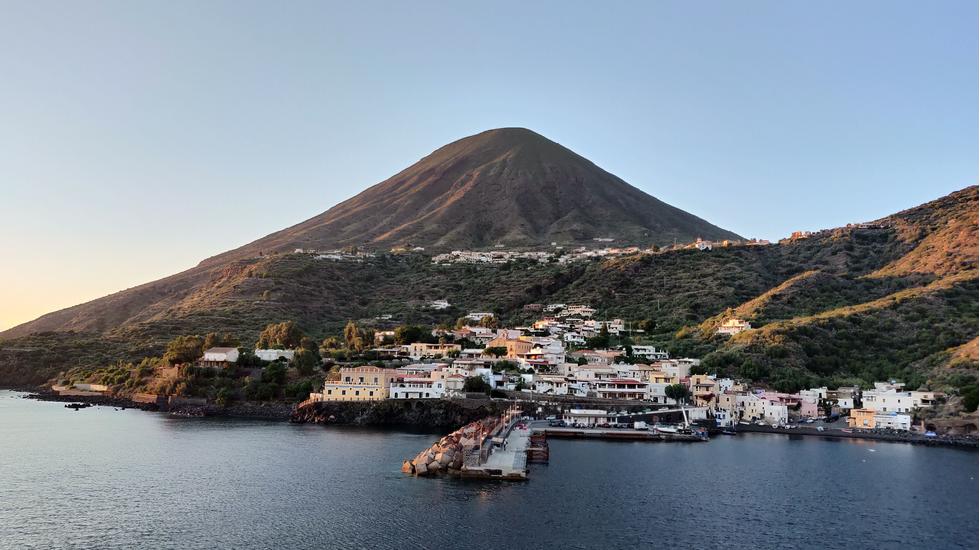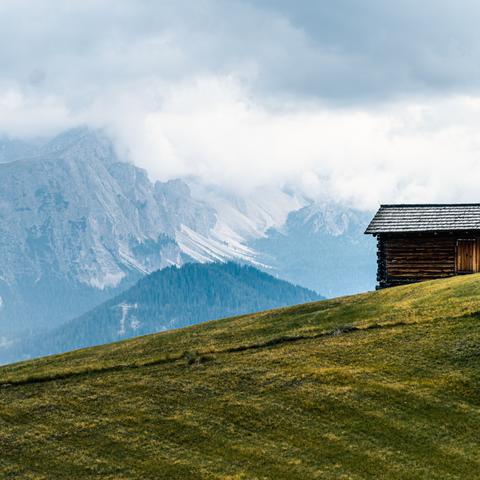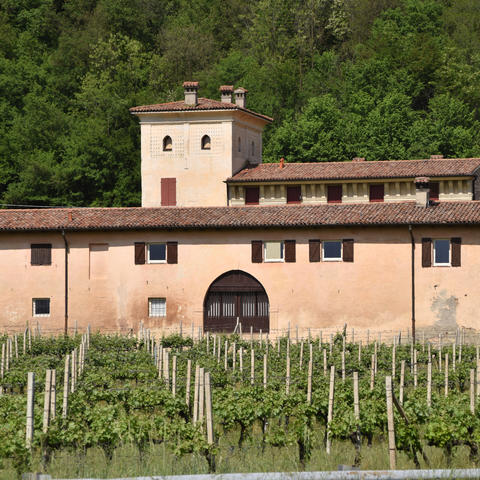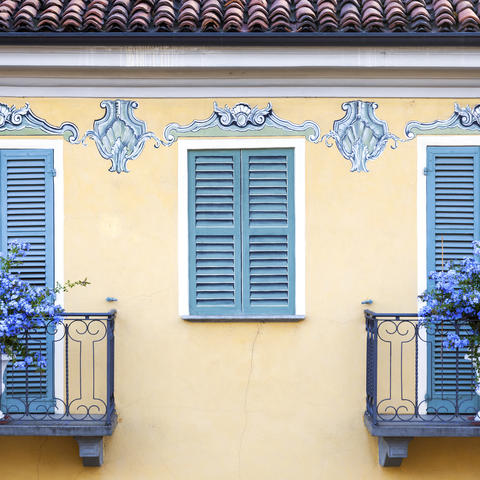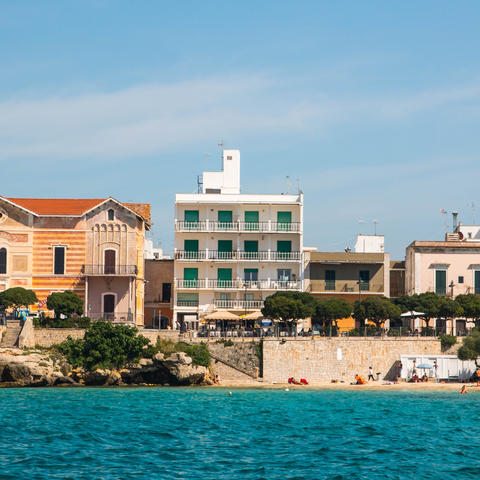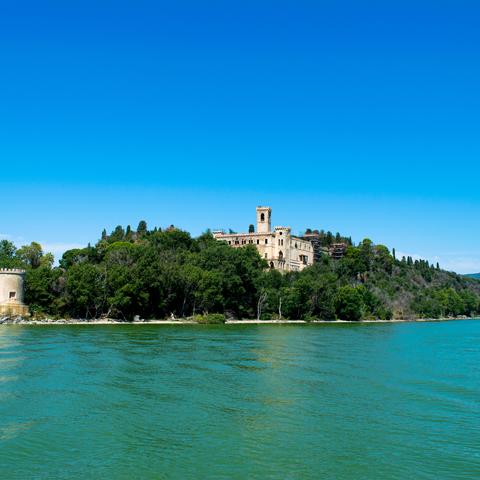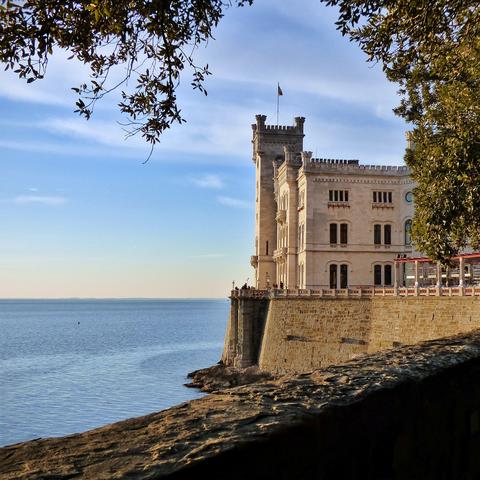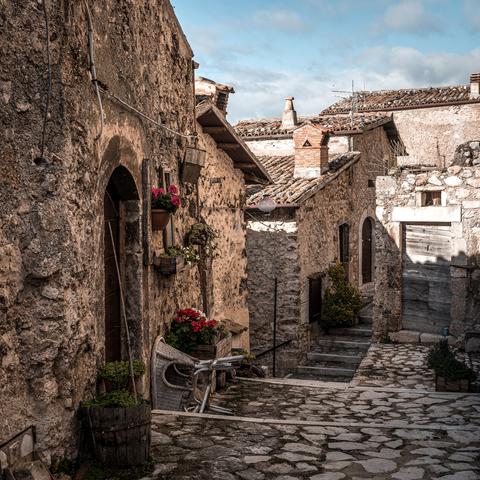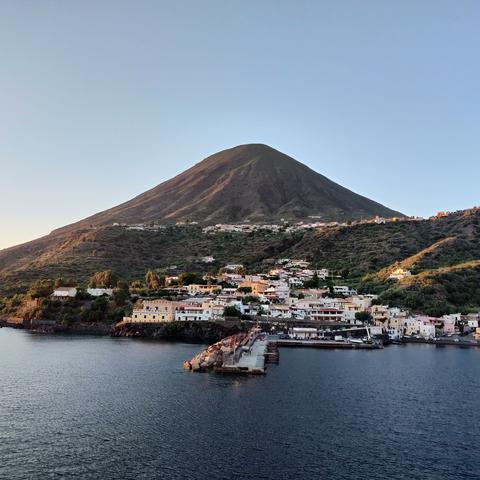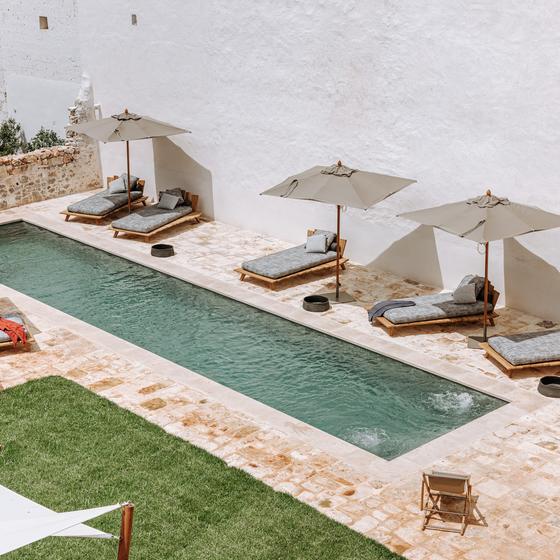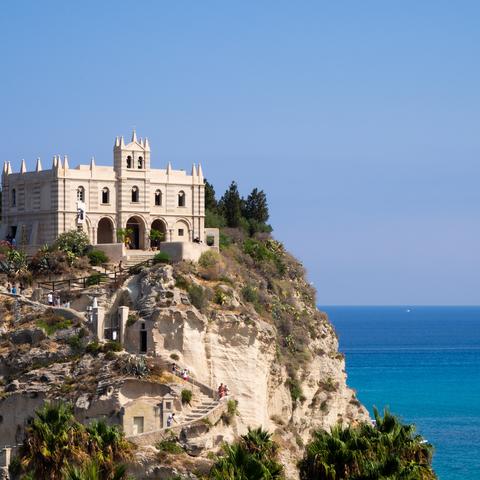
Tropea
Calabria
The secret cliff town that should be on every Italian beach
Itinerary, Tropea is perched high above the Tyrrhenian Sea on the
toe of Italy’s boot. Bluer-than-blue waters, white beaches and a
pretty historical centre rival those found in Puglia
or on the
Amalfi Coast, and at a fraction of the price. While far from
luxurious, the village has bags of old-fashioned-charm. As well as
fresh seafood, Calabria is known for its sun-drenched Mediterranean
vegetables, and for being the only place where the perfumed citrus
fruit bergamot is grown. Tropea has a mythical status in the
region, with the story going that it was founded by Hercules after
he freed Calabria from the giants. Watch the evening sun sink into
the sea beyond Stromboli, or take a boat trip out to the island to
enjoy its unearthly black beaches punctuated by traditional white
houses.
Stay: Villa D’Aquino
